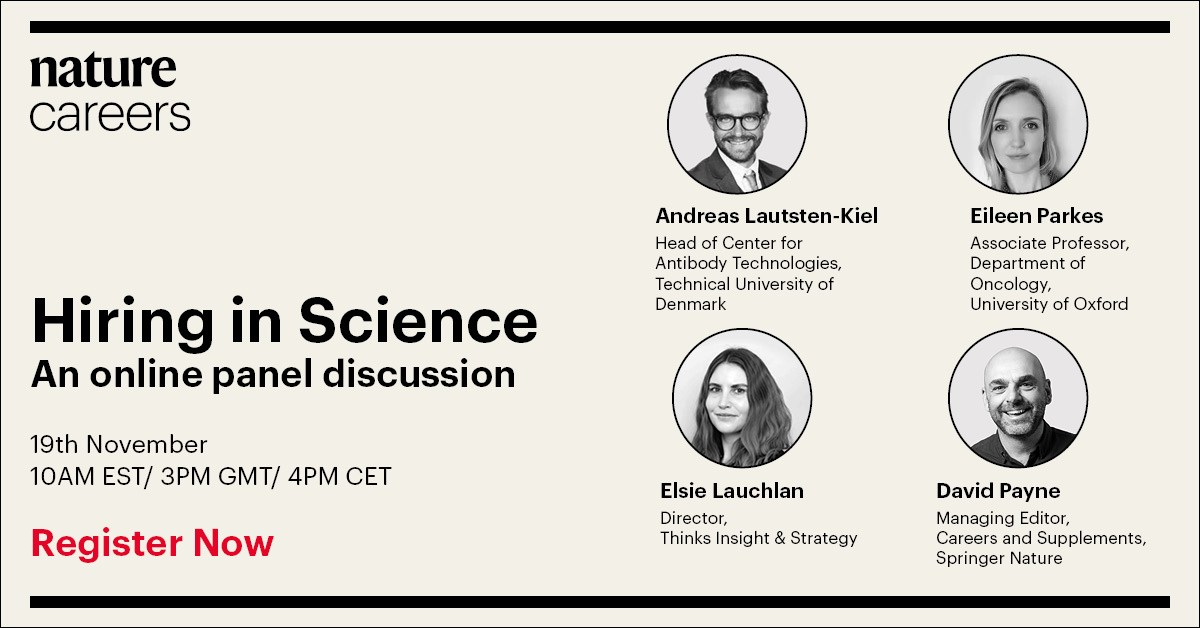-
‘We need to be ready for a new world’: scientists globally react to Trump election

Soon-to-be US president Donald Trump (left) and his vice-president, J.D. Vance, at an election night watch party.Credit: Evan Vucci/AP Photo/Alamy Scientists around the world expressed disappointment and alarm as Republican Donald Trump won the final votes needed to secure the US presidency in the early hours of 6 November. Owing to Trump’s anti-science rhetoric and…
-
When the Magic in Science, Nature, and Words Creates The Best Part of Us
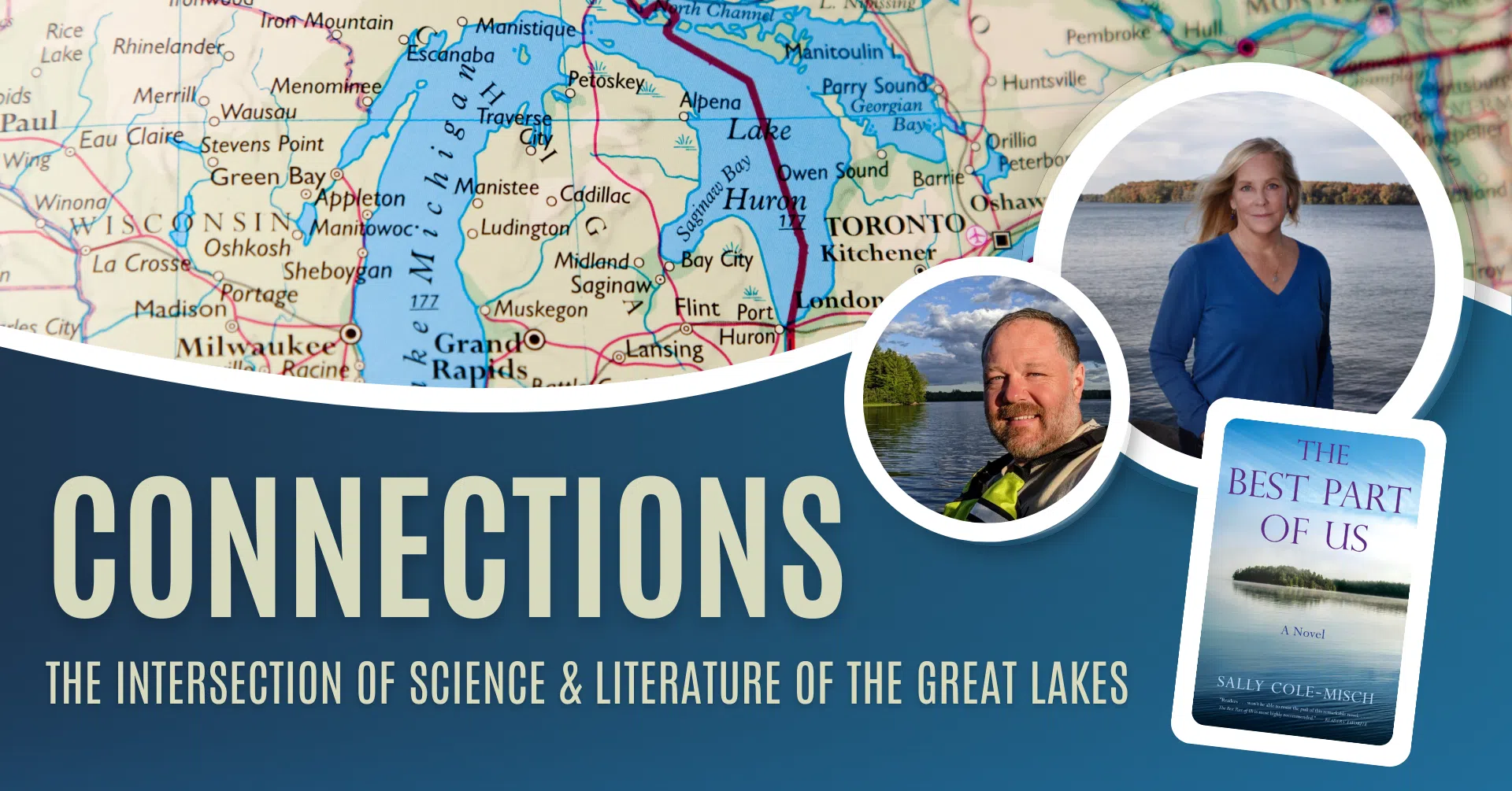
The following article was written by author, Sally Cole-Misch. Join Wisconsin Sea Grant’s Titus Seilheimer in conversation with Sally Cole-Misch, author of Great Lakes, Great Read’s Adult Selection, “The Best Part of Us,” on Monday, November 11, at Manitowoc Public Library’s Balkansky Community Room from 6-7:30 PM I’ve always believed that words are magical. Strung…
-
Nature Journal Chooses Politics Over Science

Mid adult male scientist reading scientific data in a laboratory. Does anyone else see the irony in the Nature journal editors proclaiming to defend science while blatantly endorsing political candidates? Todd Myers from the Washington Policy Center joins me as we break down how these so-called champions of scientific integrity only seem to care about…
-
Hiring in Science
Tuesday 19th November, 10 AM EST/ 3 PM GMT/ 4 PM CET Learn essential information to include in applications and key interview tips We’ll share insights into skill gaps and how artificial intelligence could transform recruitment. Aimed at both early career researchers and hiring managers, our panellists will discuss key themes from Nature’s first ever…
-
AI-generated images threaten science — here’s how researchers hope to spot them
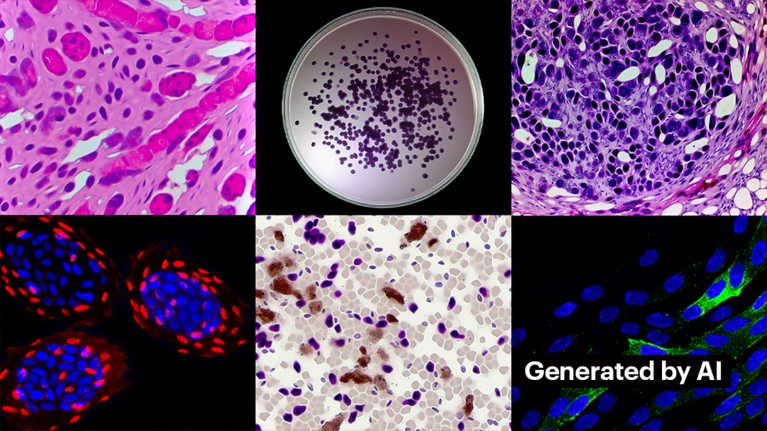
All of these images were generated by AI.Credit: Proofig AI, 2024 From scientists manipulating figures to the mass production of fake papers by paper mills, problematic manuscripts have long plagued the scholarly literature. Science sleuths work tirelessly to uncover this misconduct to correct the scientific record. But their job is becoming harder, owing to the…
-
How to climate-proof crops: scientists say the secret’s in the dirt
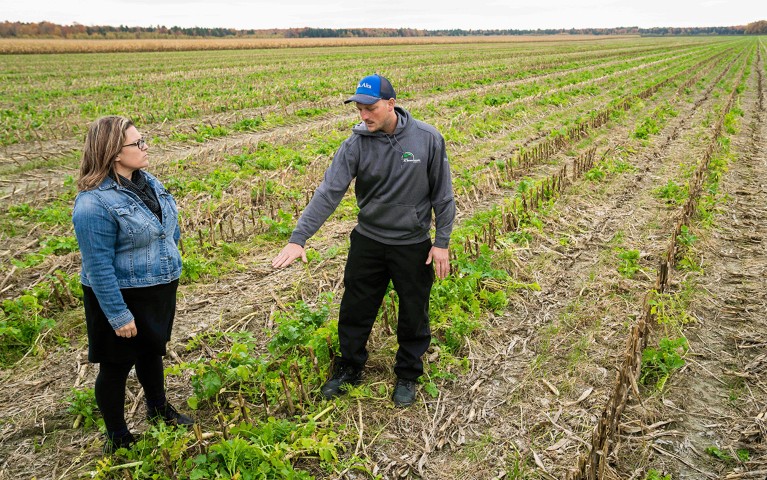
Agronomists examine a field where the cash crop, maize, has been harvested and a cover crop, radishes, has been planted to protect soil health.Credit: Paul Chiasson/The Canadian Press/Alamy As climate change threatens farmers’ ability to produce the world’s food, researchers and environmental advocates think they have a solution: playing in the dirt. How farming could…
-
Cat brains age like ours — and could help scientists to understand cognitive decline

Old cats’ brains show some of the changes seen in the brains of ageing humans.Credit: Getty To unlock the secrets of human ageing, researchers might do better to look to the pet napping on their couch than to a laboratory mouse. As cats age, their brains show signs of atrophy and cognitive decline that more…
-
ChatGPT is transforming peer review — how can we use it responsibly?
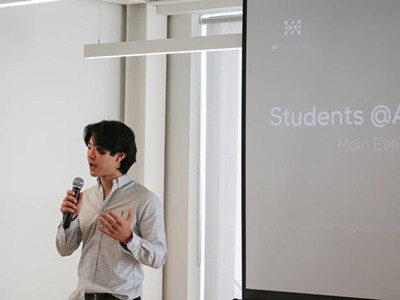
Since the artificial intelligence (AI) chatbot ChatGPT was released in late 2022, computer scientists have noticed a troubling trend: chatbots are increasingly used to peer review research papers that end up in the proceedings of major conferences. There are several telltale signs. Reviews penned by AI tools stand out because of their formal tone and…
-
PNAS publishes an opinion piece arguing that the politicization of science is bad (contradicting the NAS President’s views)
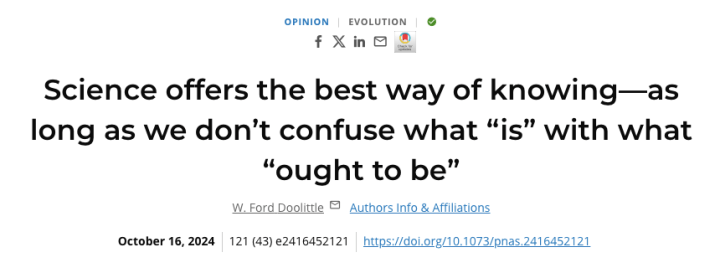
I’m actually surprised that the article below was published in The Proceedings of the National Academies of Science (PNAS), one of the more high-quality science journals, just a tad below Science and Nature in prestige. It has had a reputation for being “progressive” (e.g., woke), one that I discussed last year when Steve Pinker had…
-
Beamtimes and knowledge production times: how big-science research infrastructures shape nations’ domestic and international science production
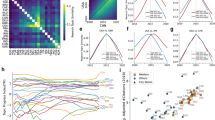
Abstract Frontier scientific discoveries increasingly rely on big-science research infrastructures, such as supercolliders, synchrotron light sources, and space telescopes, whose construction and operation involve intensive international collaboration. This collaborative nature, however, presents a challenge in balancing national interests with the common good, particularly given the substantial fiscal investments involved. This study investigates the effects of…
